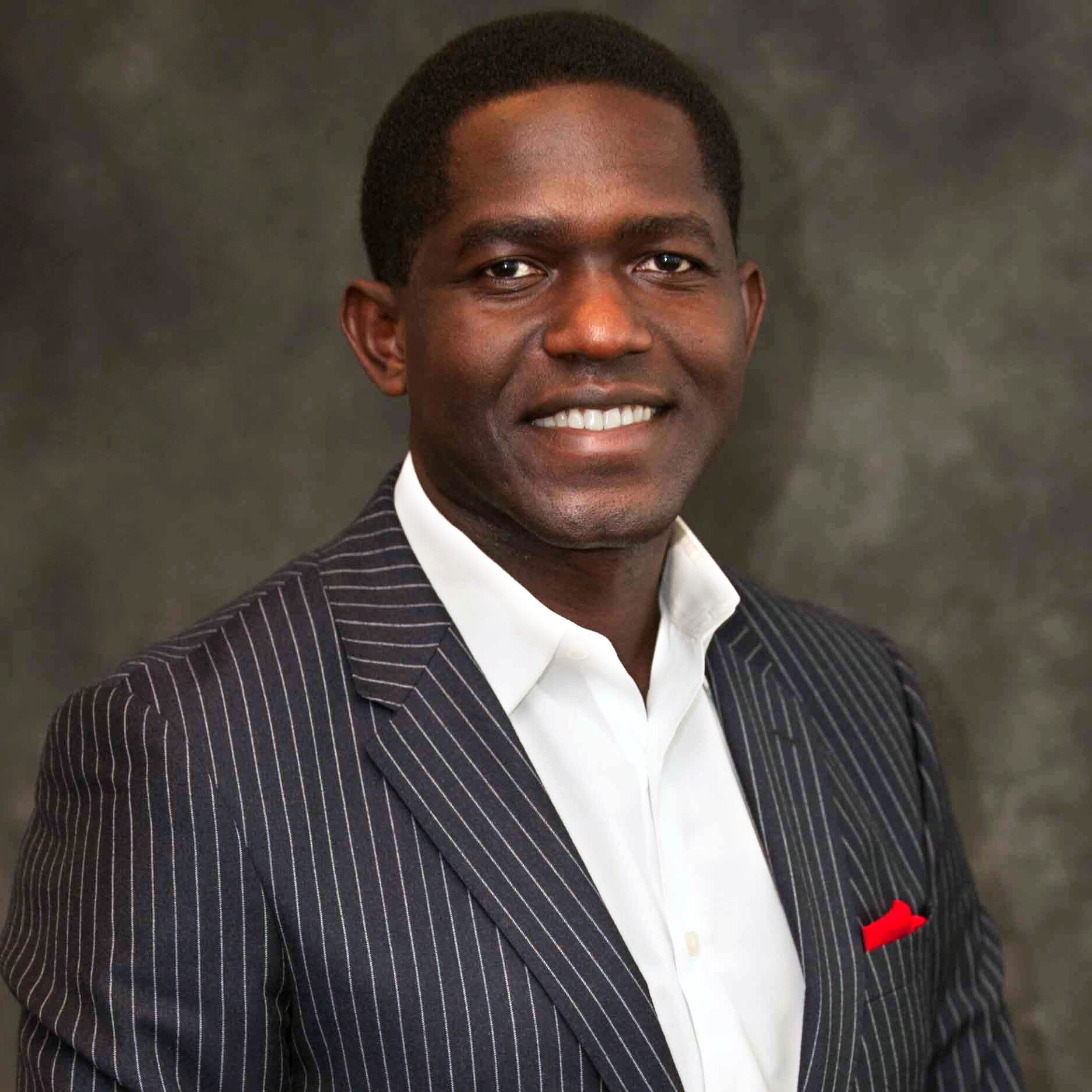2 min read
Celeste Abbondanza, Formerly Manager, Premiums4Good and Impact Initiatives, QBE Insurance
Phenix Capital Oct 16, 2024 11:14:36 AM
HOW DID YOU GET INTO IMPACT/SUSTAINABLE INVESTING? WHAT HAS BEEN THE HIGHLIGHT OF YOUR CAREER?
I feel extremely lucky to be in this space. I started as a graduate at QBE in a completely different area to impact investing. At the time, I wasn’t sure where to take my career, but I had studied law and economics and I knew I wanted to do something that focused on helping people. I found out about a digital platform, Ellevest, designed by women for women which made me realize that I really wanted to be in the impact investing space. It led me to joining the Impact and Responsible Investing team at QBE, where I was later promoted to manage the impact investing program. Being able to support innovative and inclusive finance in that role has been a true highlight of my career so far.
[QBE decided this summer to dissolve the dedicated Group Impact and Responsible Investments (IRI) team and instead incorporate impact considerations at the portfolio management and decision-making level.]
WHAT DID YOU SEE AS A THE MAIN DIFFERENCE BETWEEN ESG AND IMPACT?
With ESG investing, it is a broader approach. Although the term “impact” tends to be thrown around, impact investing is actually very specific.
In impact investing, you need to see intentional, positive and measurable impact, alongside financial returns.
CAN YOU SHARE AN EXAMPLE OF A SUCCESSFUL IMPACT INVESTMENT YOU HAVE MADE, AND HOW IT HAS CREATED POSITIVE CHANGE?
I would like to highlight the Arc Social Impact Bond, which focuses on recidivism in Victoria, Australia. The Arc program is designed to break the cycle of reoffending and homelessness by providing the base from which disadvantaged people leaving prison can create a new narrative arc for their life, and a new sense of self, and move away from patterns of offending. Social Impact Bonds generate returns based on the results of outcome-based contracts between the government and social service providers. What stands out in the Arc program is that it prioritizes housing-first, which is very much needed amongst the current housing crisis in Australia.
WHAT DO YOU THINK IS MISSING IN THE INDUSTRY?
Speaking from the institutional investor perspective, we see amazing ideas coming from funds and investees, and their ideas and solutions really resonate with investors, but the funding doesn’t always follow through. Often, that is because of a mismatch between the available products and the risk appetite of institutions. While I do believe institutions need to be clear on what role they can play in the impact space, the problems that we are trying to solve are complex, so we might need to take on more risk as investors. Perhaps have a specific impact carveout where concessionary returns or higher risk profiles could be accepted in the first instance. Blended finance can also be a solution, but it adds complexity for investors, additional layers of due diligence, and overall more resources. There is so much work to be done and somehow always a lack of resources.
DO YOU HAVE ANY RECOMMENDATIONS FOR IMPACT INVESTORS AND FUND MANAGERS STARTING THEIR IMPACT JOURNEY?
Don’t be afraid to come in the space even without having a traditional investment background.
It is a creative space where lots is happening and where many innovative solutions are needed. These opportunities require different backgrounds, skillsets, and perspectives.
FINAL QUESTION: WHAT ARE THE MOST USED (AND ABUSED) CLICHÉS IN IMPACT INVESTING THAT BOTHER YOU?
Clichés exist for a reason, and by writing something off as a cliché, we overlook why we’ve heard concepts over and over in the first place, and we stop taking them seriously.
Take the example of “taking different lenses”, specifically “gender-lens” - that is something that we hear a lot at conferences. However, going beyond the talking and getting into the doing is something we rarely hear about. It is easy to talk about having a gender lens, but it is difficult to go beyond the bare minimum. Merely asking a couple of questions in the due diligence phase and completing this as a box ticking exercise doesn’t mean having a gender-lens, especially when there isn’t any follow up or effective stewardship throughout the investment lifecycle.
Elise Zhao, Impact Investing Officer, Lumina Impact Ventures
HOW DID YOU GET INTO IMPACT INVESTING?
.png)
Beth Collins, Managing Director, Catholic Relief Services
HOW DID YOU GET INTO IMPACT INVESTING and WHAT HAS BEEN THE HIGHLIGHT OF YOUR CAREER?
